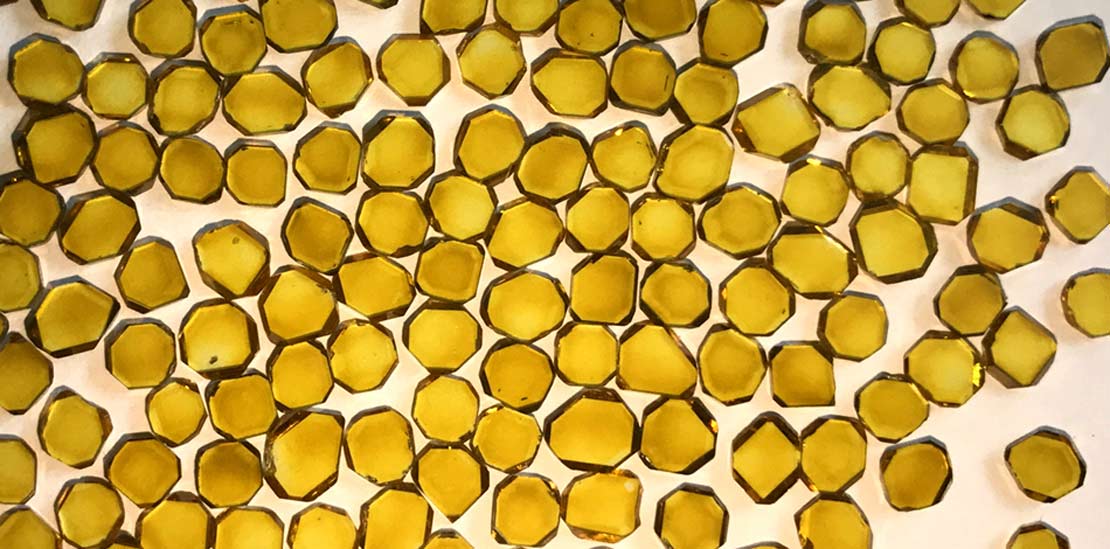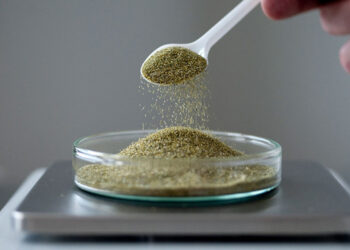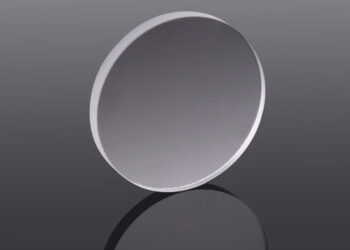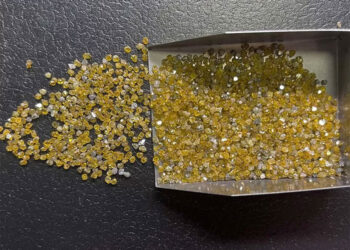

Project Details
- Product Name:
HPHT Monocrystalline Diamonds
- Color:
Yellow
- Assortment:
Good
- Usage:
Abrasives And Diamond Tools
- Technology:
HPHT
HPHT synthesised diamond crystals have a morphology that can be tuned to a certain extent. However, temperature alone cannot produce extremely cubic crystals. However, the growth temperature of an HPHT diamond can be tuned to produce extremely cubic diamonds. This is a promising method for producing diamonds with a crystalline shape that is able to withstand extreme temperatures.
Characteristics of HPHT Monocrystalline Diamonds
- HPHT is a method of making single crystal diamond materials under high pressures and high temperatures. Typically, it involves seed pads and seedlings, which are pressed into a substrate. The substrate is generally a salt or an alkali metal halide.
- Polycrystalline diamonds have weaker C-C bonds, which prevent them from being as thermally and optically transparent as single-crystal diamonds. Single-crystal diamonds are best for applications requiring high carrier mobility, high quality, and usable sizes.
- Synthetic diamond grit for HPHT processes is a material made by synthesising a single crystal diamond. The material typically has a major face length of at least two mm. Typically, single-crystal diamonds have nitrogen content of about 5 ppm, and this nitrogen content can be measured by FTIR or secondary ion mass spectroscopy. Nitrogen in diamonds causes them to be yellow.
- High quality single-crystal diamonds are important for tool applications. Choosing a seed that has a high aspect ratio is crucial for achieving high quality single-crystal diamonds. For example, a seed that has an aspect ratio of 1.5 is more likely to yield a single crystal with high optical quality.
Gemological properties of HPHT Monocrystalline Diamonds:
Using HPHT methods, synthetic diamond can be produced from single crystals with unique features. The features are related to the incorporation of metal atoms from the catalyst metal into the diamond lattice. These features can be identified by photoluminescence spectroscopy.
- HPHT monocrystalline diamonds are characterized by the presence of a small amount of hydrogen. This gas acts as a catalyst for the growth process, reducing the barrier to temperature and pressure. The catalyst is the key to lowering the temperature and pressure requirements for the diamond synthesis.
- A single crystal diamond with cubic external morphology is easier to process than octahedral diamonds. The process also produces diamonds with nitrogen-vacancy centers. These diamonds are more stable than octahedral diamonds and can be used in various applications.
- The present invention also provides a synthetic single crystal diamond material with major faces and as-synthesized aspect ratio. The major face edge of the diamond has a minimum length of two millimeters. It is noted that single crystal diamonds normally contain about 5 ppm of nitrogen. Nitrogen content in diamonds can cause yellow colouring.
CVD Lab Grown Diamonds HPHT Monocrystalline Diamonds:
An improved single crystal diamond seed should have a high single growth sector (SGF) percentage. A single crystal diamond seed containing more than 70% single growth sector will have fewer extended defects. The seed should also have an aspect ratio of 1.5 or greater.
The use of hydrogen additives is not new in HPHT monocrystalline diamonds. It is an important part of the synthesis process and aims to improve the crystalline diamond properties. Hydrogen is a non-reactive metal and is very useful in diamond production. It is present in many natural materials. It is used in many products, such as batteries, and has been used for decades.
The presence of hydrogen in HPHT monocrystalline diamonds has been shown to improve the spectral properties of the material. The study also revealed that boron is a weak acceptor and results in weak absorption peaks. The concentrations of boron ranged from 0.1 to 1 ppm. However, it was determined that the amount of boron in diamonds was not dependent on their sector of growth or the composition of the growth system. The boron is a trace impurity present in the reagents.
The presence of hydrogen additives increases the stability of vacancies. The presence of hydrogen additives in diamond nanoparticles increases their mobility. This effect is achieved by stabilizing the hydrogen surfaces at the six-atomic-layer surface. This vacancy increases the thermodynamic driving force for diffusion.
HPHT monocrystalline diamonds can be classified according to their crystal morphology. Each of them is composed of one or more layers, and varies in size. These layers form the growth surface of the stone. These layers are divided into smaller and larger groups based on their atomic weight.
The growth temperature in HPHT synthesised diamonds can control the morphology of the crystals to some extent. However, the temperature alone cannot produce extremely cubic diamonds. Therefore, a combination of both heat and pressure is required to generate the desired crystals.
High-pressure, high-temperature synthesis is the method of choice for producing single-crystal diamonds. The seed substrates can be prepared by chemical vapor deposition or microwave plasma. The seed substrates are preferably circular or square in shape. The sides of the seeds should be oriented at about 20-degree angles.
Oxygen and hydrogen additives are also important for the growth process. Oxygen is a poorly controlled factor and may account for many of the failures in the growth of high-quality single-crystals. The presence of hydrogen and oxygen in a diamond crystal can indicate an increased concentration of oxygen.
In HPHT monocrystalline diamonds, the CHx modes of sp2 and Sp3 carbon are formed during the fabrication process. During fabrication, the HPHT NDs are exposed to strong acids. However, air annealing removes these groups, resulting in carboxylation and hydroxylation of the diamond core. This removes the sp2-bonded epoxy groups.
This new ND material demonstrates exceptional diamond character even down to 1.1 nm. It may open up new avenues for further research on diamond quantum phenomena. Until now, it was difficult to investigate these phenomena in diamond because of its small size and incommensurate structure. However, with the introduction of annealed HPHT NDs, these properties could be studied in greater detail.
High-quality HPHT NDs can be as small as 3 + 2 nm or even smaller. Moreover, they can be purified and characterized by various techniques. One such HPHT nanodiamond, 1.1 nm, is the smallest man-made nanodiamond to date. In addition, the 1.1-nm diamond remains fully crystalline even after annealing for 30 min at 450 degC.
Related Projects

lab grown diamonds
Nanometer Modified Diamond Powder

lab grown diamonds
CVD SC Diamond Optical Window

lab grown diamonds